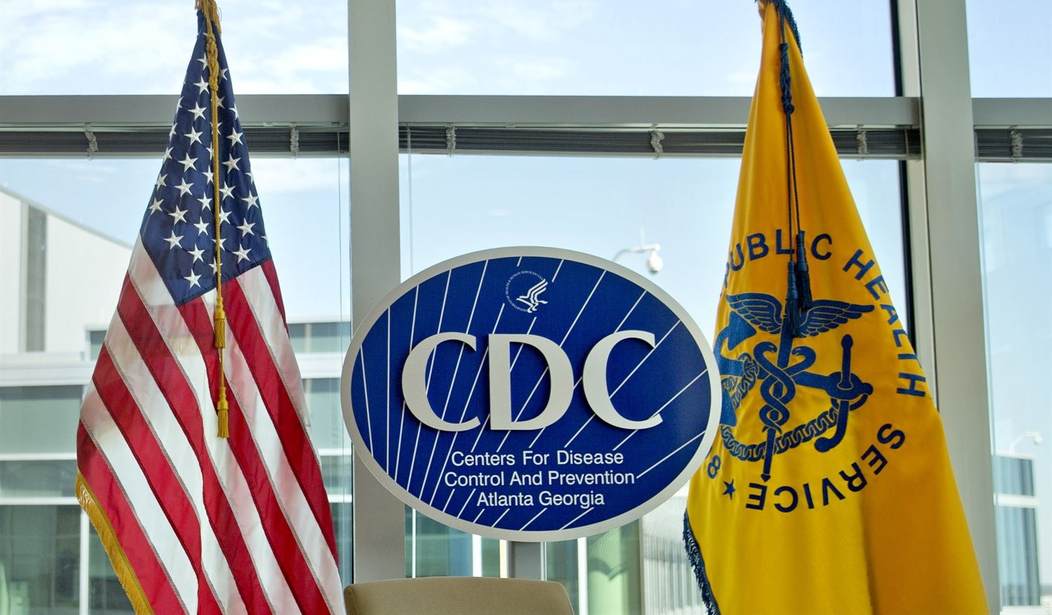We’ve seen the CDC making some serious changes to their COVID guidelines for isolation for reasons other than just public health, cutting the time in isolation from 10 days to five days if a person is asymptomatic. Dr. Anthony Fauci said that the decision was based on making sure the economy didn’t shut down, begging the question of why they are doing that now and why they couldn’t have done that before?
We’ve seen the CDC suddenly changing their testing protocol to get out of isolation after getting COVID, saying that PCR tests should no longer be used because they might have a positive test for up to 12 weeks, despite no longer being contagious. So they were now advising against testing to determine whether someone was still contagious after isolation. The big question is why they are only coming out with this now after so much has been based on such testing restrictions? Some have theorized it’s because now Omicron is hitting so many Democrats and the “good people” that they can’t be kept in isolation. Walensky acknowledged that the change “really had a lot to do with what we thought people would be able to tolerate.” Again, sounds a lot more like politics than just public health.
Now comes the word that the CDC also was seriously wrong about the prevalence of Omicron cases that they had initially announced for the week ending on December 18. They had initially said Omicron was responsible for 73 percent of all the cases in that period. But they have since corrected that announcement and said Omicron cases were only responsible for about 23 percent of the cases. So they were wrong by as much as 50 percentage points over the reality. The percentage of Omicron cases did go up more in the following week ending Dec. 25, to about 59 percent of all the U.S. cases.
‘”There’s no way around it, it is a huge swing that makes it seem like something went really wrong,” said Dr. Shruti Gohil, who is the associate medical director for epidemiology and infection prevention at UC Irvine’s School of Medicine. So, once again, as with the other issues we’re seeing over the past couple of days with the CDC, we have to ask: What the heck is going on here? How do you make that big a mistake? What’s the explanation for this? And was it about making Omicron seem bigger and worse than it is?
Setting aside the question of how the initial estimate was so inaccurate, if CDC’s new estimate of #Omicron prevalence is precise then it suggests that a good portion of the current hospitalizations we’re seeing from Covid may still be driven by Delta infections. https://t.co/ZacVjEhk5x
— Scott Gottlieb, MD (@ScottGottliebMD) December 28, 2021
“Setting aside the question of how the initial estimate was so inaccurate, if CDC’s new estimate of Omicron prevalence is precise then it suggests that a good portion of the current hospitalizations we’re seeing from Covid may still be driven by Delta infections,” former Food and Drug Administration Commissioner Scott Gottlieb tweeted.
That’s a significant point to make because if you’re mistakenly tagging things as Omicron and looking at the hospitalizations you then might think more hospitalizations are coming from Omicron than there are — when they’re coming from Delta. You also might mistakenly think Delta was receding when it wasn’t, at least not to the degree that initial number would have suggested.
“There was a wide predictive interval posted in last week’s chart, in part because of the speed at which Omicron was increasing,” CDC rep Jasmine Reed told Politico. “We had more data come in from that timeframe and there was a reduced proportion of Omicron.”
Oh. That doesn’t seem like a great explanation and/or if it’s that amorphous, how accurate are their numbers?
Who would feel safe in relying on anything these folks have to say after all this? And what’s the reason suddenly for all these changes and things that they should have come out with long ago?














Join the conversation as a VIP Member